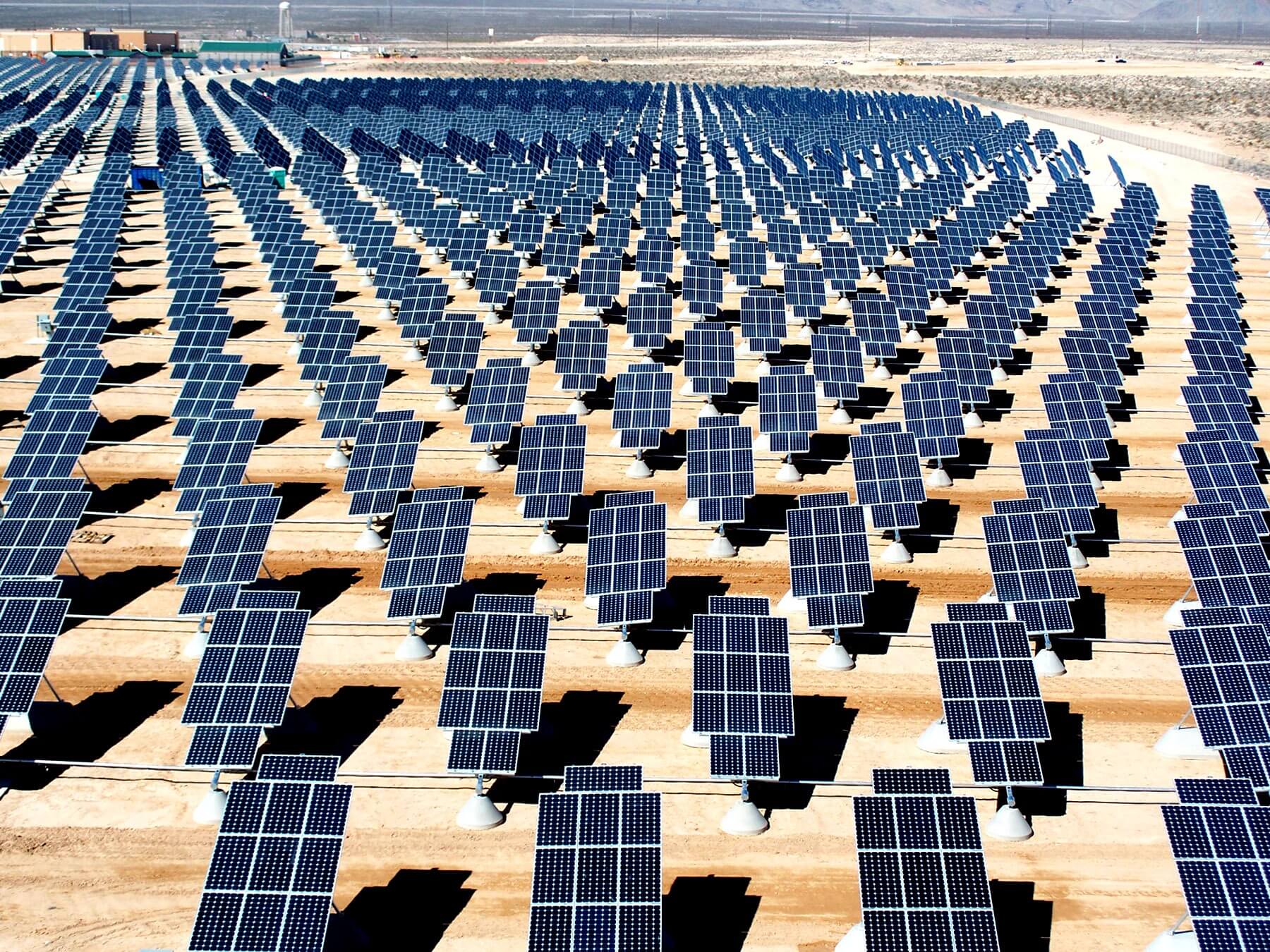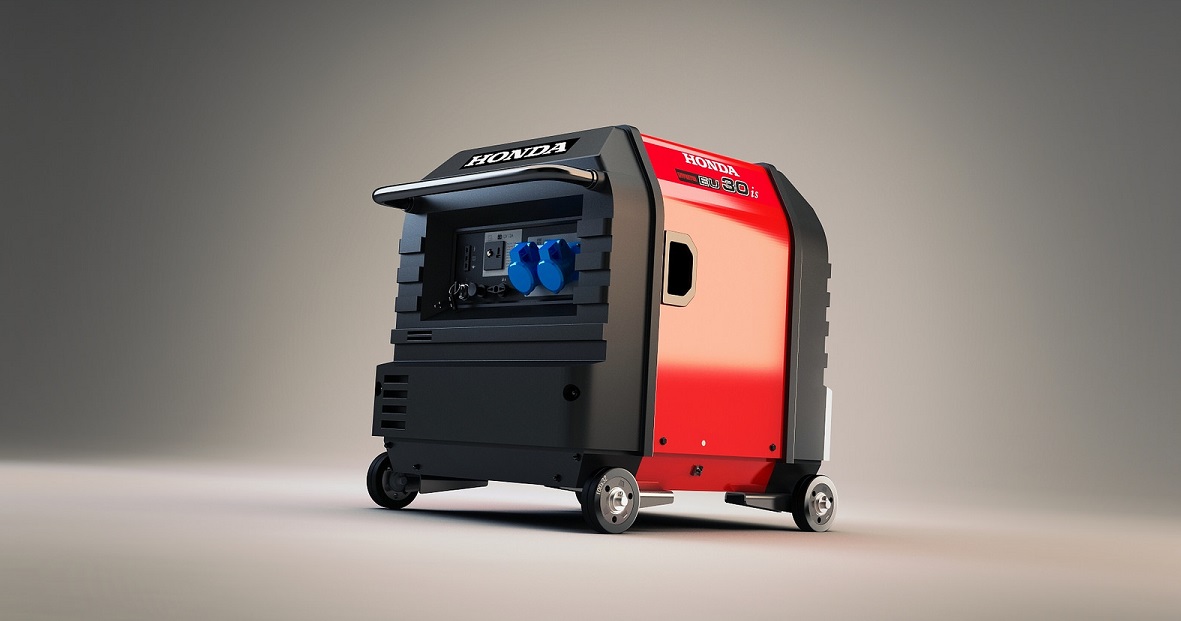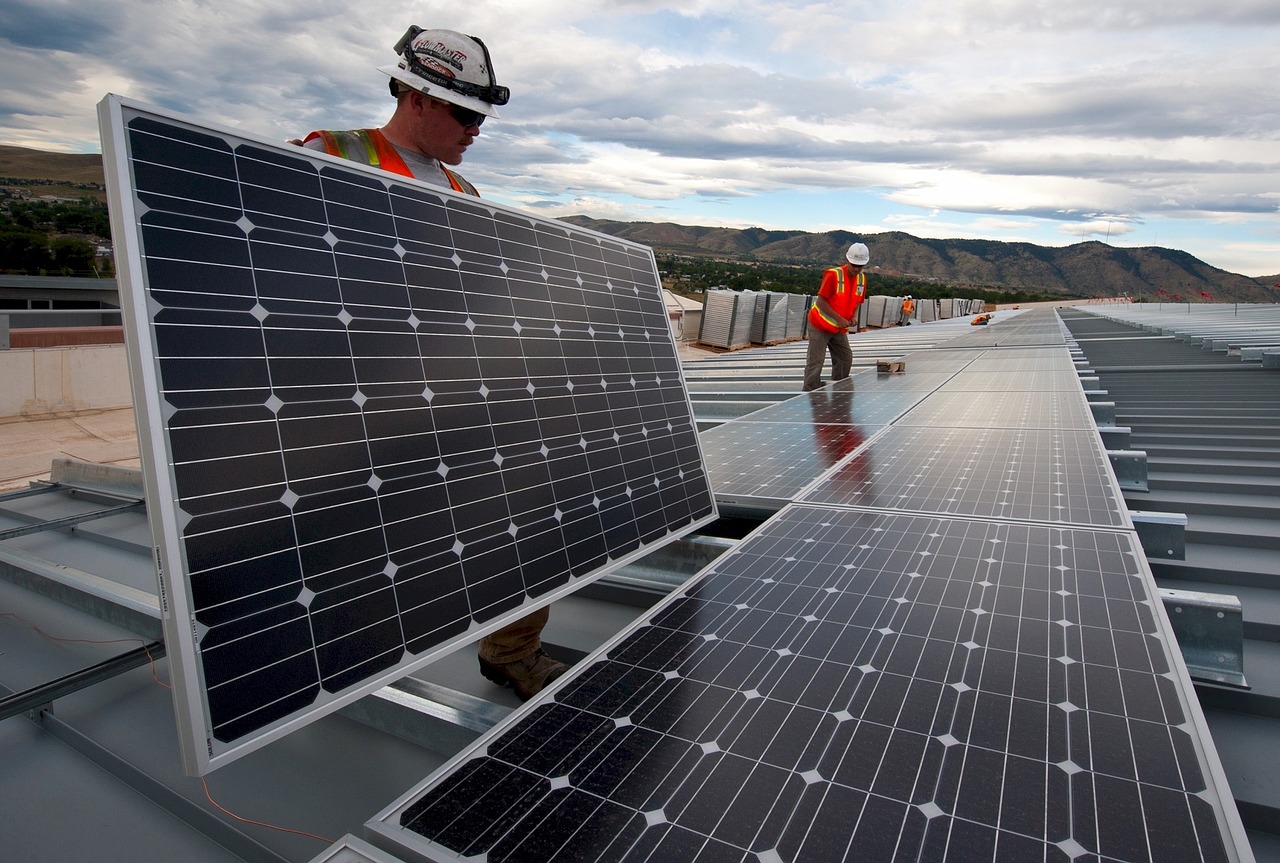Portable solar power generators turn energy from the sun into electricity. With new technologies for making solar panels, it has become more affordable than ever to own a solar power generator. You can find both huge and small portable models that can be used to power equipment with different power requirements. Because of the portability, you can carry the solar power generator anywhere, which makes it ideal for people who go camping.
How portable solar power generators work :
To use a portable solar power generator, you have to ensure it is charged fully. Solar panels need sunlight to gain energy, so in order for a solar power generator to gain energy, you have to place it in the sunlight. The solar power generator comes with a panel that acts as a collection point of the energy coming from the sun. This energy is then stored in a battery for later use. The bigger the battery the more the energy the generator can store, so while buying one you should consider the amount of power you need to run appliances and equipment. When completely charged, the solar power generator can help you to run appliances in your home for many hours continuously.
How are portable solar power generators different?
Probably you are asking how portable solar power generators are different from regular models. The first difference is in the portability, which means you can carry a portable solar power generator around with ease. This is the reason it’s recommended to consider having one if you love camping because it could be used to provide lighting especially at night, and you could also charge your appliances while out there. You can also use the generators for outdoor events especially in places where you will not find electrical outlets.
However, you need to note that some portable power generators offer a lower wattage compared to backup generators, which means you cannot use them to run heavy appliances and machines. These generators are suitable for charging devices including your laptop, smartphones, small appliances, and providing power to light bulbs. PoweredPortableSolar.com offers some of the benefits of portable solar power generators that you should consider when getting one.
Benefits of portable solar power generators :
A portable solar power generator comes with some benefits. Here are the most important you need to note:
Cost Efficiency :
Unlike electricity and other sources of power that you pay a subscription to use, a solar power generator only needs the sun to provide the energy you need to run your appliances. The only cost you will incur is the initial investment.
Reliability :
These generators collect energy from the sun and this helps them to provide a consistent supply of power. During power outages, you can use a portable solar power generator to run your appliances at no additional cost.
Eco-friendly :
You also protect the environment by choosing portable solar power generators. No harmful fumes are emitted and the setup is quiet, which makes the generators safe for the environment.
There are many benefits you can draw from a portable solar power generator. The generator can allow you to power your appliances without incurring the extra cost that comes with paying for electricity, and it is eco-friendly as you don’t use any fuel. You only need to place the solar panels outside to draw energy from sunlight.
Read Also :





















